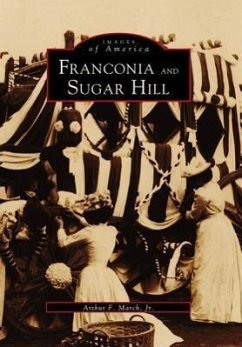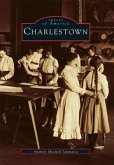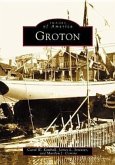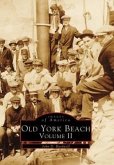From iron works to tourism, explore the sweeping landscapes of Franconia and Sugar Hill throughout the centuries Although geographically contiguous and linked by their shared industries of early iron works and later tourism, Franconia and Sugar Hill are unique areas with distinct personalities that have developed over the years. The discovery of rich deposits of iron ore in Sugar Hill in the late 1700s and the establishment of iron works in Franconia brought the two areas together in a working partnership. The coming of the railroads brought tourism into both communities, with Franconia supplying the scenery with its mountains and far-famed Franconia Notch, and Sugar Hill rounding out the scenery with a generous offering of grand summer hotels. The sharing of the summer tourist industry was greatly broadened by the development of skiing in the early part of the present century. Again, Franconia provided the major terrain and Sugar Hill provided many of the guest accommodations, including the first formal ski school at the prestigious Peckett's Inn. With all of its attributes, the area has attracted a number of notables, including movie star Bette Davis.
Hinweis: Dieser Artikel kann nur an eine deutsche Lieferadresse ausgeliefert werden.
Hinweis: Dieser Artikel kann nur an eine deutsche Lieferadresse ausgeliefert werden.








